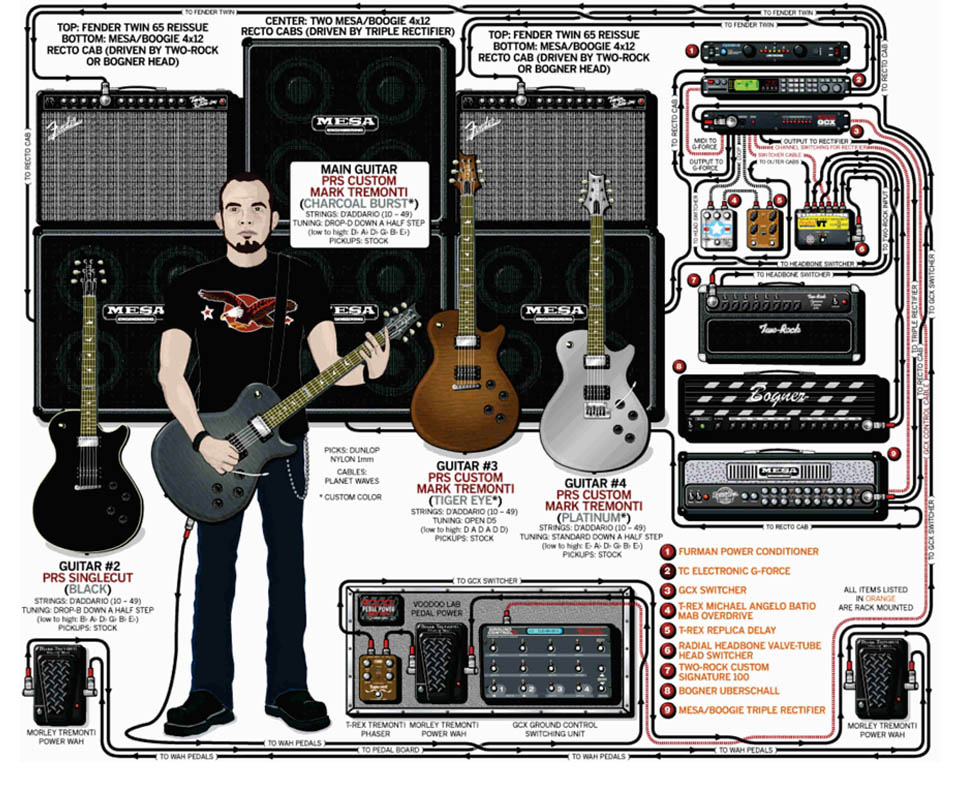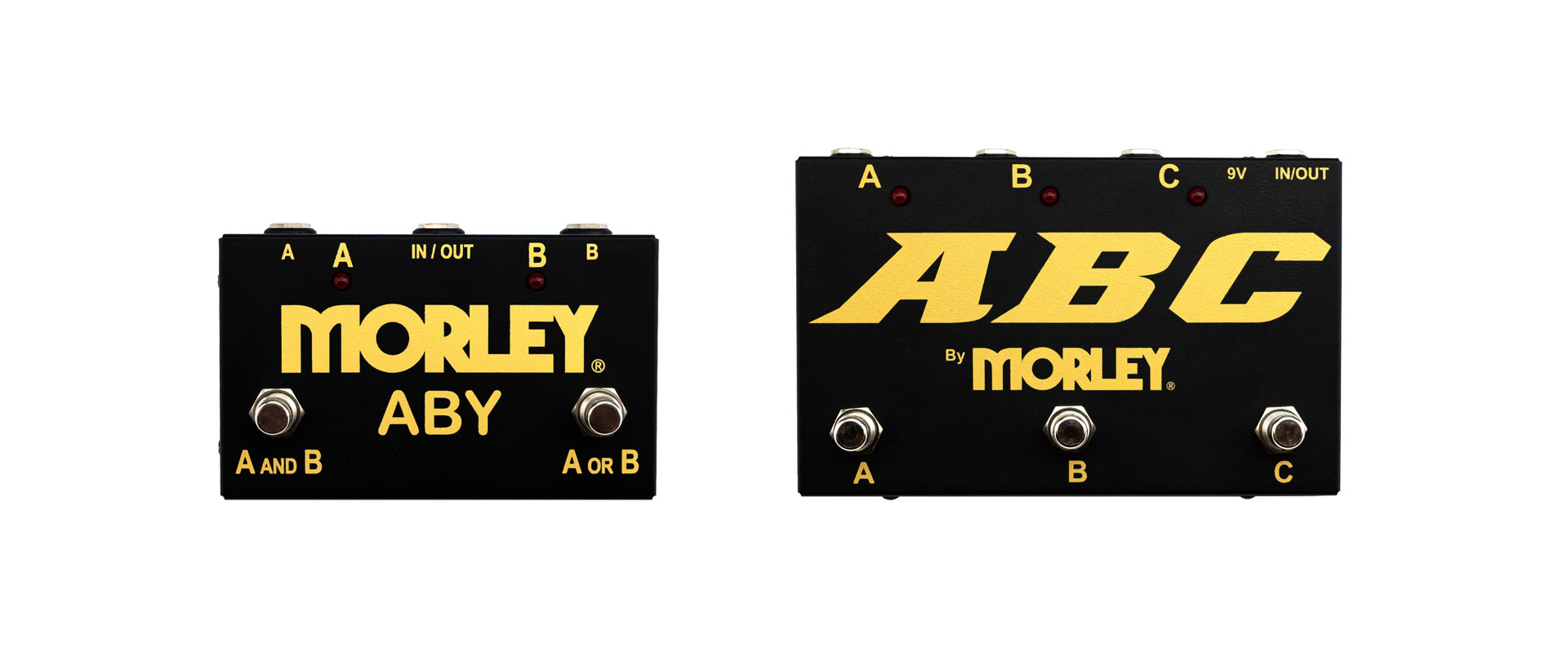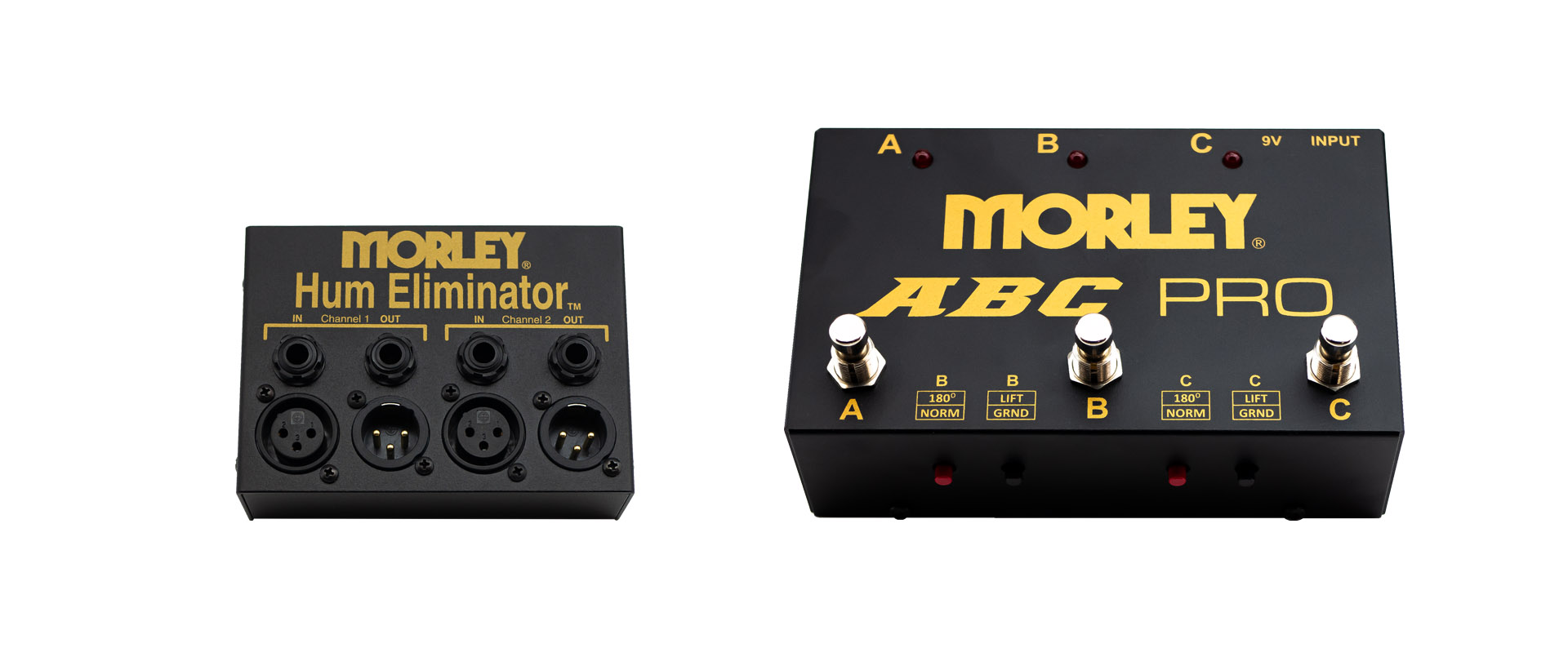BUFFERS VS. TRUE BYPASS, WHICH IS BETTER?
Which is better, and why is it such a big deal? For decades, musicians have been debating this topic. In this article we’ll explain the differences between each and why most of our products have Buffers and others have True Bypass. Most importantly we’ll explain why you need one.
What is True Bypass? True Bypass means that when your pedal is switched off, your tone passes through the pedal unaffected.
What is a Buffer? A Buffer is part of the pedal’s circuit that restores and preserves your signal strength. When your signal passes through the pedal it is restored and protected on its way to your amp.
Super exciting stuff, right? If you play with a 6 ft cable directly from your guitar into your amp you are dismissed for recess…
As you begin to add longer cables and more pedals into your rig, you add more and more capacitance to your signal chain. Capacitance is defined by the ability for an electrical system to store a charge. As the capacitance increases your signal loses strength and your tone starts to become darker. Imagine if there’s a pesky sound guy hiding behind your amp and slowly turning the volume and treble down every time you add something to your signal chain. You might have also noticed that the nicer amps at your local guitar shop all have short cables attached to them… This is so the capacitance is low so the amps sound great and might inspire an impulse purchase.
When you put a Buffer into your signal chain it prevents this “Tone Suck” from high capacitance from happening. True Bypass pedals may leave your signal unaffected while off, but when they’re on your signal level can be affected. They also still add some capacitance as your signal still flows through the pedal. Traditional style Wah Pedals don’t have volume control, and if they’re true bypass your signal level can drop when you activate it. If you use a Wah for solos that’s not something that you’d want. This is one of the many reasons why all our Wah pedals include our premium Buffer circuit. Your signal level is retained while the effect on or off and your instrument’s pure signal reaches your amplifier. Our Buffer is also active when the pedal is bypassed. It’s one of the many innovative features you get when you choose Morley. It’s also like getting a second free pedal with your purchase. Some standalone buffer pedals can run up $85.00.
A great example of our Buffer in action is Mark Tremonti’s rig…
 Photo credit Guitar World Magazine, Guitar.com
Photo credit Guitar World Magazine, Guitar.com
Riff Lord Mark Tremonti does not use wireless systems as they can affect your tone, and there was that one time he played a show next to an airport that we don’t talk about anymore. His rig can run upwards of 180 ft of cable and by having two to three of his signature Morley Wahs in the chain the Buffers preserve his tone all the way to his amps.
So which is better? Overall, we recommend you have at least one Buffer in your rig to protect your tone from any mischief in your signal chain.
So why doesn’t Morley include a Buffer in everything they make? Let’s go over why.

The Morley ABY and ABC pedals are True Bypass because they have two nifty features… They can be reversed, and they don’t require power for use. Only the LEDs require power. For these reasons we’ve made them True Bypass. The ABY-MIX, however, does include our premium Buffer circuit as that only routes one way.

The ABC Pro and Hum Eliminator use our custom-made isolation transformers. These high-quality transformers act like a Buffer in preserving your tone so there’s no need to add the additional circuity.
Now that you know the difference… Buy a Morley and get a free Buffer with it.
By Pete Fenech
